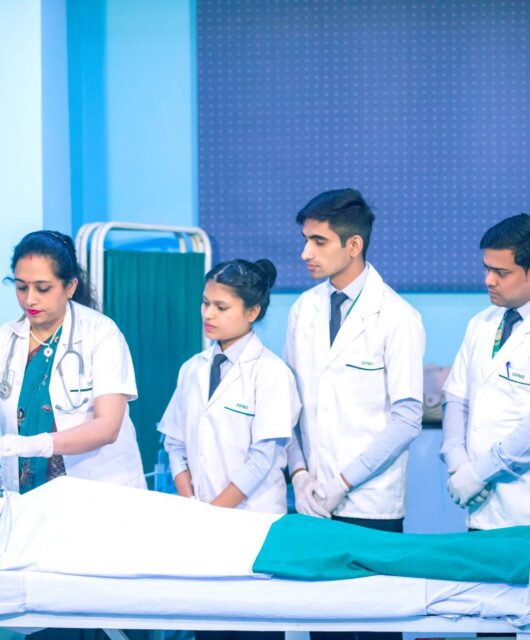Microorganisms
Microorganisms, though minuscule in size, wield significant influence in various scientific domains. Microbiologists, Pathologists and Medical Laboratory technicians play a crucial role in uncovering the mysteries of these organisms, employing advanced techniques and tools to study their behavior, structure, and impact on human health and the environment.
Bacterial Analysis: In Medical laboratories, technicians utilize specialized staining techniques such as Gram staining to differentiate between Gram-positive and Gram-negative bacteria. This aids in the identification of pathogens responsible for infections. Furthermore, culture techniques, including streak plate and broth cultures, are employed to isolate and grow bacteria for further analysis.
Viral Detection: The detection of viral pathogens often requires sophisticated molecular techniques. Polymerase Chain Reaction (PCR) is a cornerstone method used by technicians to amplify viral genetic material, enabling precise identification and quantification of viruses in clinical samples. Additionally, techniques like enzyme-linked immunosorbent assay (ELISA) are utilized to detect specific viral antigens or antibodies in patient samples.
Fungal Identification: Fungal infections pose diagnostic challenges due to their diverse morphological characteristics. Laboratory technicians employ microscopic examination of fungal cultures and stains such as potassium hydroxide (KOH) to visualize fungal structures. Additionally, molecular methods such as DNA sequencing provide accurate identification of fungal species, aiding in targeted treatment strategies.
Parasitology: In parasitology, Medical laboratory technicians utilize microscopic examination of stool samples to identify parasitic infections such as Giardia and Cryptosporidium. Techniques like fecal flotation and direct smear are employed to detect parasite eggs, cysts, or larvae, contributing to the diagnosis and management of parasitic diseases.
Environmental Microbiology: Microorganisms play pivotal roles in environmental processes such as biodegradation and nutrient cycling. Medical Laboratory technicians employ techniques such as serial dilution and plating to enumerate microbial populations in environmental samples. Additionally, molecular methods like metagenomics offer insights into the diversity and functional potential of microbial communities in various ecosystems.
Conclusion: Medical Laboratory technicians serve as frontline explorers in the realm of microorganisms, employing a diverse array of techniques to unravel their mysteries and understand their impact on health and the environment. Through their meticulous work, these professionals contribute invaluable knowledge to fields ranging from medicine to environmental science, driving advancements in microbial research and enhancing human well-being.



